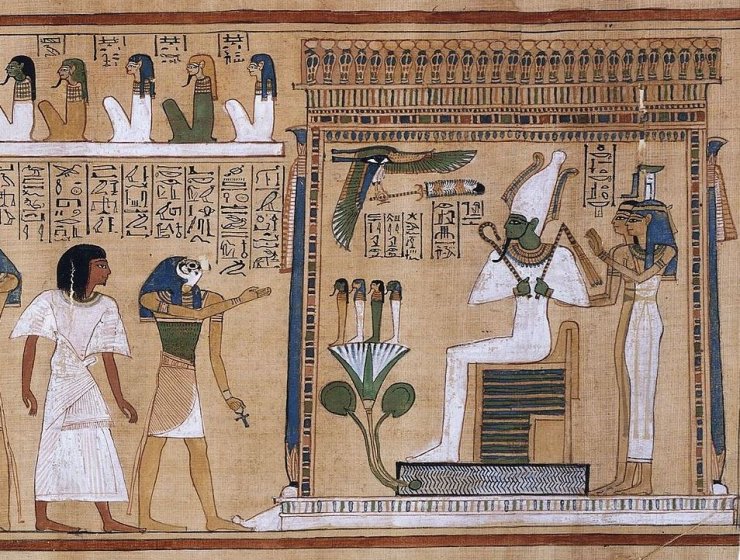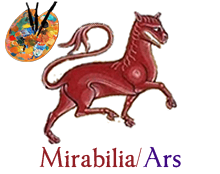
-Index-
Ars moriendi. Ideas, rites and images of death
José María SALVADOR GONZÁLEZ
Original title: Ars moriendi. Ideas, ritos e imágenes de la muerte
Death and Memory in some Texts of Medieval Liturgy
Rubén PERETÓ RIVAS
Original title: Muerte y memoria en algunos textos de la liturgia medieval
The human societies need to build and keep safe the memories of their deaths in order to strength their owns structures and avoid its dissolution by the oblivion. In this paper I want to show the way in which the Medieval society kept the memories of their deaths according the liturgical texts. The issue will be analyze in three parts: the polysemy of the deaths memory, way and places of the commemoration, and the cult of the corpse. I take account the text of the Sacramentarium Gelasianum and the Sarum Missal as well as the the rites of the commendatione animae in use at the St. Augustine Abbey of Canterbury.
Saint James in the conquest of New Spain
Carlos MORAL GARCÍA
Original title: Santiago en la conquista de Nueva España
This paper tries to analyze the symbol of Saint James the Great in the conquest of New Spain, studing the chronicles and the different apparition of this apostle in them. Therefore, it is convenient to make an identification of the symbolic evolution of this character, from Saint James Moor-Slayer to Indian-Slayer. In addition it is paying attention to the change of this symbol and its acceptance by some American native populations, resulting in the feast of Saint James Indian-Slayer and the subsequent taking as latinamerican patron saint.
The Five Buddhas of Meditation from Yungang
André BUENO
Original title: Os Cinco Budas da Meditação de Yungang
In a previous article, we examined the relationship between the Buddha Akshobhya 阿閦如来 of cave 16 from the Yungang complex 雲崗石窟 in China, and the construction of a Buddhist iconography with Indo, Greek and Roman origin’s. Our proposal was that the Buddha of cave 16 is designed to spiritually receive the peoples from the Mediterranean. Now we want to analyze the elements by which we can say that the Buddha of cave 16 is Akshobhya, and as the original set of five caves of Yungang was organized according to the theory of “Five Buddhas of Meditation”.
The person of Holy Virgin Mary in Christianity and in Qu’ran (Koran)
Eirini ARTEMI
The Holy Virgin Mary or Theotokos is a very significant person for Christians. She is the mother of the enfleshed (sesarkomenos) Son of God. Theotokos thus refers to the Incarnation, when the Second Person of the Holy Trinity took on human nature in addition to his pre-existing divine nature, this being made possible by the cooperation of Virgin Mary. Theotokos is not only the mother of God, but the mother of every Christian. The Christians and mainly Orthodoxs and Roman Catholics think that the Virgin is a very significant part of their religion, of their life. Christians do not “worship” the Virgin Mary. They “venerate” her and show her great honor. She has the all-merciful power of driving away from us, at her sign, the sub-celestial spirits of evil–those ever-vigilant and ardent sowers of enmity and malice among men. She is the highest of all creatures, the Mediatrix for the whole race of mankind. Strive to train everyone in the spirit of humility, for she was humbler that any mortal, and only looks lovingly upon the humble. The Quran, the holy book for Muslims honor holy Virgin Mary too. Muslims think that Virgin Mary is the mother of Prophet Christ. For them, Christ is not God. The Archbishop of Albania Anastasios who was teaching about the religion of Muslims supports that Muslims honour Holy Virgin more than some Christian Confessions of Protestants and some “christian” heresies as Jehovah witness. Also, it is indicative of this honorary position, which in the Quran the name of Mary is found in 33 out of 114 chapters (sura). The 33 chapter is devoted to Mary. Of course in this paper, we will examine the texts of the Holy Scriptures for the Theotokos, and the texts of Quran for Her.
Pagan syncretism in the Middle Ages: the zodiacal signs
Jesús CANTERA MONTENEGRO, Inmaculada ÁLVAREZ DEL OLMO
Original title: Sincretismo pagano en el medievo: Los signos zodiacales
Study of signs of the Zodiac, essential element to understand the calendars configured in books of hours, as in the frescoes of temples, set during this historical period. These calendars were created from the astrological studies for good agricultural work and therefore shall be listed with their respective months, to somehow explain weather phenomena, as well as seasonal changes. A travel through its evolution and transformation since its inception in ancient times, to see its settings in medieval times. Many of them will be modified, either by the current fashion for illustrating images, or the meaning I wanted to give them.
Juan Lovera, by himself (subject to citizen)
María Magdalena ZIEGLER
Original title: Juan Lovera, por sí mismo (de súbdito a ciudadano)
Juan Lovera, Venezuelan painter, born in 1776 and dead in 1841, brings us a life displayed in times of changes in the culture of the Province of Caracas, part of the old Spanish colonial territory, which ended the 18th Century with the promise of a growing prosperity due to the projection of cocoa trading revenues. Lovera saw the end of his life through the uncertain path of a republic which walked unsteadily in its infancy. With this in mind, we will attempt to structure the available data on Juan Lovera, the Colonial artist, the Republican artist, but also as the committed citizen he was. Although the data around his actions and decisions is not abundant, we can take a tour that will throw, repeatedly, elements which will outlined him as an individual aware of his place and possibilities at different stages of his life. This will allow us to value his artistic work in a fairer dimension.


















































































